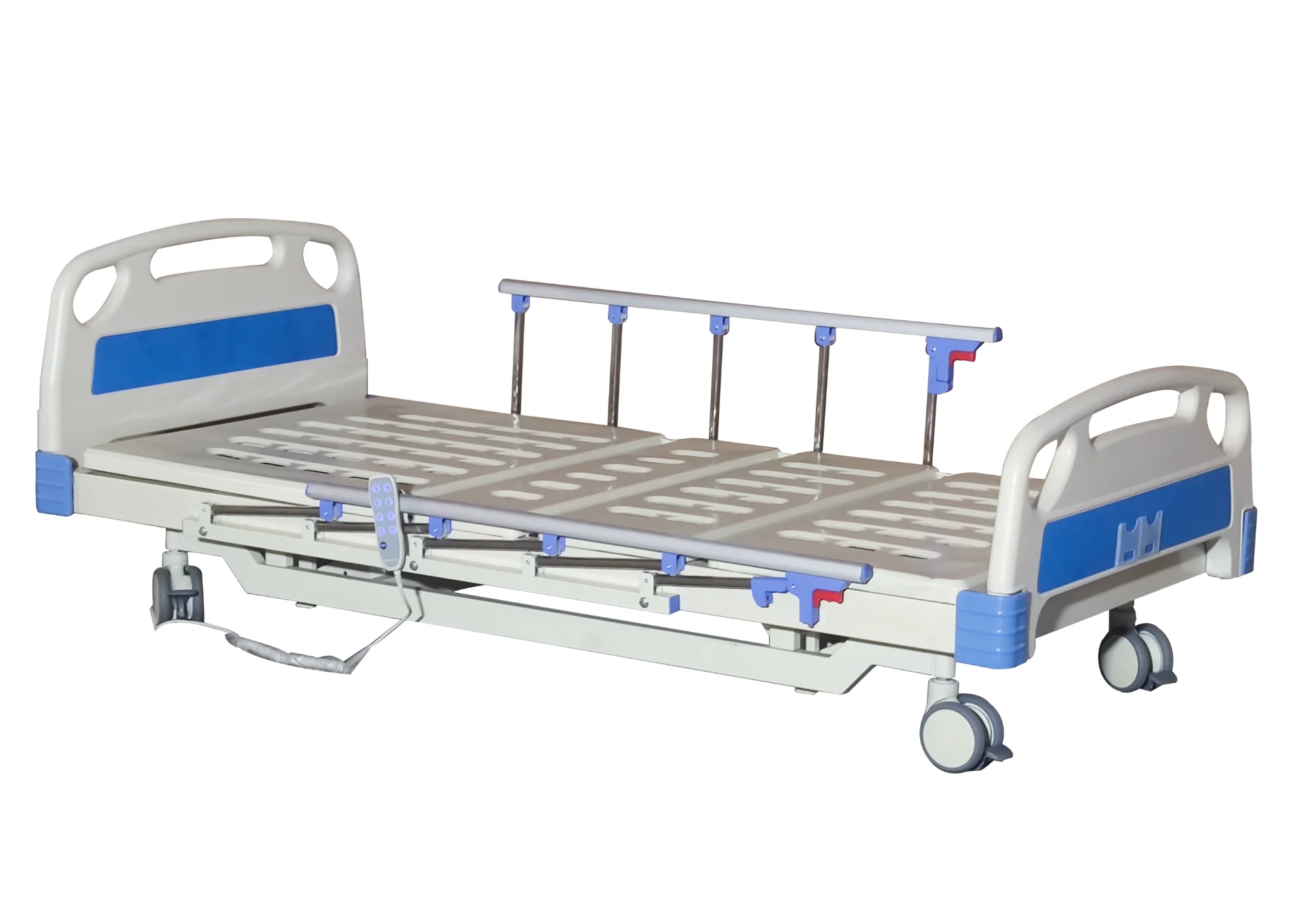Welcome to our websites!
Tips for Effective Crutch Walking and Maintaining Balance During Recovery
The Significance of Crutch Walking A Life-Changing Experience
Crutches have been a vital tool for mobility for individuals recovering from injuries or surgeries, or those with mobility challenges. Crutch walking may seem like a simple activity, yet it encapsulates a rich blend of physical recovery, emotional adjustment, and social dynamics. Understanding how to effectively use crutches not only aids in physical rehabilitation but can also empower individuals to regain confidence and independence.
Understanding Crutches
Crutches are designed to shift weight away from the legs and support mobility for individuals unable to walk unaided. Typically made of lightweight materials like aluminum or fiberglass, crutches come in various sizes to accommodate different users. The two main types of crutches are axillary (underarm) crutches and forearm crutches. Axillary crutches are support mechanisms that rest under the arms, whereas forearm crutches allow users to place a significant amount of their weight on their forearms for increased comfort and stability.
Proper Technique and Benefits
To master crutch walking, it is crucial to learn the proper technique. First, users should ensure that the crutches are correctly adjusted to their height, allowing for a slight bend in the elbow when gripping the handles. Crutches should always be placed about six inches in front and two inches to the side of the feet to create a stable base when moving.
The basic approach to crutch walking involves the following steps
1 crutch walking

1. Weight Shift Lean on the crutches while allowing the injured leg to slightly lift off the ground. 2. Move Crutches First Position the crutches forward and slightly to the side, ensuring they do not obstruct the movement of the healthy leg. 3. Swing the Healthy Leg Forward Shift the weight onto the crutches and bring the healthy leg forward, landing it between the crutches. 4. Repeat Continue this pattern, ensuring to maintain balance and a steady rhythm.
Benefits of crutch walking extend beyond physical rehabilitation. It provides users with the opportunity to engage in exercise and social interactions, which are crucial for mental well-being. Physical activity promotes the release of endorphins, improving mood and reducing feelings of isolation often experienced during recovery. Moreover, as users become proficient in crutch walking, they develop greater self-reliance and mobility, aiding in a smoother return to daily activities.
Challenges and Adaptations
Despite the advantages of crutch walking, individuals may face challenges during their rehabilitation. Balancing on crutches can be physically taxing, leading to fatigue and discomfort, particularly in the hands and underarms. To combat these issues, proper padding and grip supports can enhance comfort. Users may also experience environmental barriers, such as uneven surfaces or stairs, making navigation difficult. It is essential to address these obstacles with personalized strategies, like using ramps or seeking the assistance of others when needed.
Moreover, an emotional component accompanies the physical difficulties. Many individuals might feel frustration or embarrassment when using crutches, fearing judgment from others. It is vital to foster a supportive environment, instilling a sense of community and understanding among peers. Encouragement from family, friends, and healthcare professionals can significantly boost morale and resilience.
Conclusion
Crutch walking is an invaluable skill that embodies resilience, adaptability, and empowerment. The process of learning to move with crutches not only serves as a pathway to physical recovery but also fosters emotional growth and a renewed sense of independence. It represents a chapter of healing, where individuals transition from reliance on assistive devices to reclaiming their lives. For many, the journey of crutch walking evolves into a narrative of triumph over adversity, showcasing the extraordinary human spirit's ability to persevere and thrive.
-
Transforming Healthcare with Hospital FurnitureNewsJun.24,2025
-
Rehabilitation EquipmentNewsJun.24,2025
-
Mobility and Independence with WheelchairsNewsJun.24,2025
-
Freedom of Mobility with Our Rollator WalkersNewsJun.24,2025
-
Comfort and Independence with Commode ChairsNewsJun.24,2025
-
Bathing Safety and Independence with Shower ChairsNewsJun.24,2025
-
Navigating the Wholesale Landscape of Electric Mobility Solutions: Key Considerations for Power Wheelchair DealersNewsJun.10,2025











